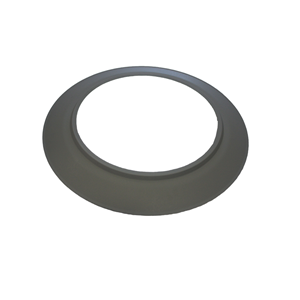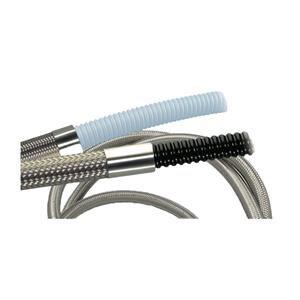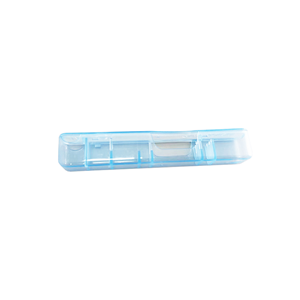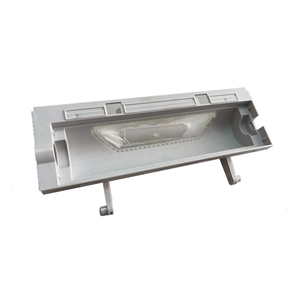Plastic accessories: the 'invisible guardians' in clinical diagnosis and treatment
In the modern medical system, medical plastic products have become a key role throughout the entire diagnosis and treatment process due to their unique advantages. From outpatient diagnosis to inpatient treatment, from surgical operation to rehabilitation nursing, these special materials of products are everywhere, silently guarding the health and medical safety of patients.
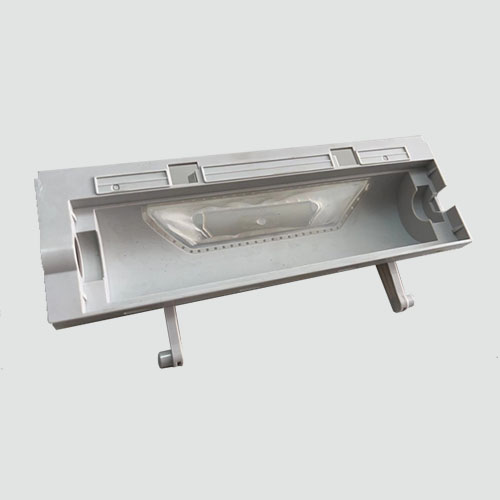
In the diagnostic process, medical plastic products are the "pioneers" in precise testing. The disposable sampling tube is made of highly transparent polypropylene material, which can clearly present the sample state and has good chemical stability, avoiding reactions with blood, body fluids and other samples, ensuring accurate and reliable test results. The matching sampling swab is processed by special process, which not only ensures the softness to reduce the discomfort of patients, but also can efficiently collect exfoliated cells, providing strong support for key diagnosis such as COVID-19 nucleic acid detection, influenza virus screening, etc. In addition, the coupling agent container used in ultrasound examination and the electrode substrate used in electrocardiogram detection are also made of medical grade plastic materials, which have biocompatibility and can effectively reduce the risk of skin irritation.
During the treatment process, plastic accessories are an indispensable 'right-hand man'. As a commonly used device in clinical practice, the catheter of intravenous infusion set is made of medical PVC or polyethylene material, which has excellent flexibility and anti-aging property, can keep unobstructed during the infusion process, and avoid the release of harmful substances. The penicillin bottle used for drug storage is made of high-strength polyester plastic, which is not only lighter than traditional glass bottles, but also can withstand high temperature sterilization treatment, effectively extending the shelf life of drugs. In surgical procedures, disposable surgical gowns, surgical drapes, and other protective equipment are mainly made of polypropylene non-woven fabric, which has good barrier properties and can effectively prevent bacterial cross infection, building a "protective barrier" for surgical safety.
During the rehabilitation nursing stage, medical plastic products provide continuous care for patients. The medical nursing pad adopts a multi-layer composite plastic structure, with a soft and breathable surface layer and a waterproof and anti-seepage bottom layer, which can effectively keep the patient's skin dry and reduce the risk of pressure ulcers. A transparent dressing used for wound care, made of polyurethane film as the substrate, has both breathability and waterproofness, which can protect the wound from external pollution and facilitate medical staff to observe the wound healing process. In addition, rehabilitation aids such as handrails for walking aids used by people with disabilities and straw cups for elderly care also extensively use medical grade plastics. Their anti slip and wear-resistant properties provide convenience for the daily lives of special populations.
Plastic ware for hospitals, with its diverse functions and security features, has been deeply integrated into every aspect of medical services. With the continuous progress of materials science, medical plastic products will achieve breakthroughs in areas such as biodegradability and intelligent monitoring in the future, injecting new vitality into the development of medical and health care.

